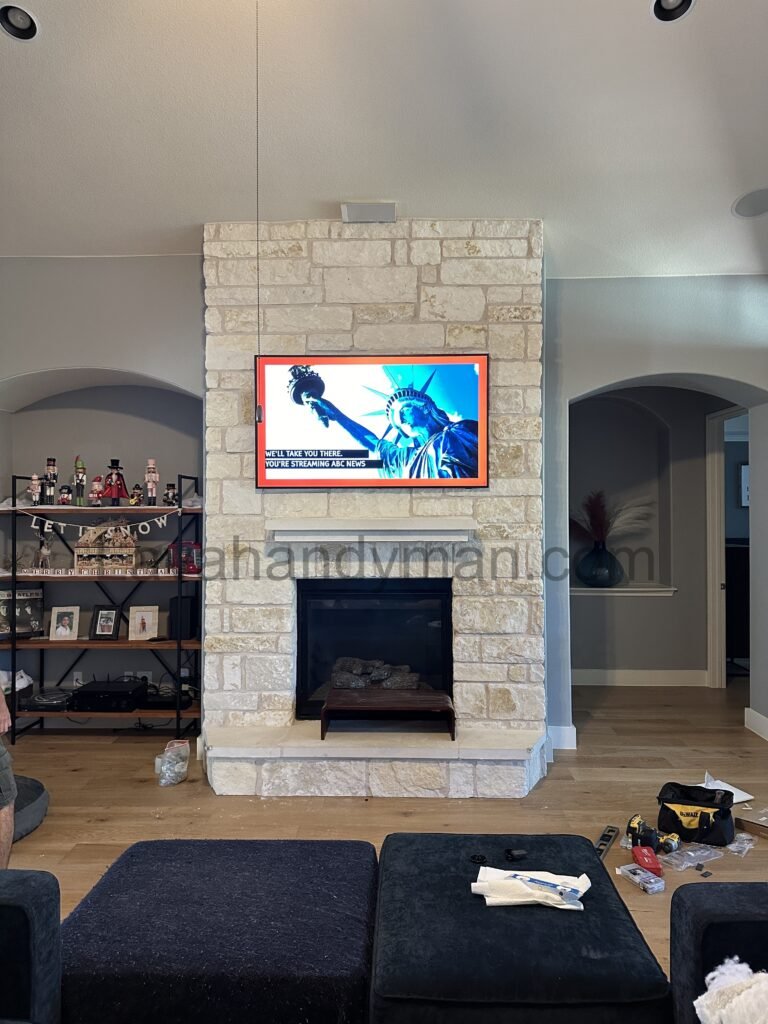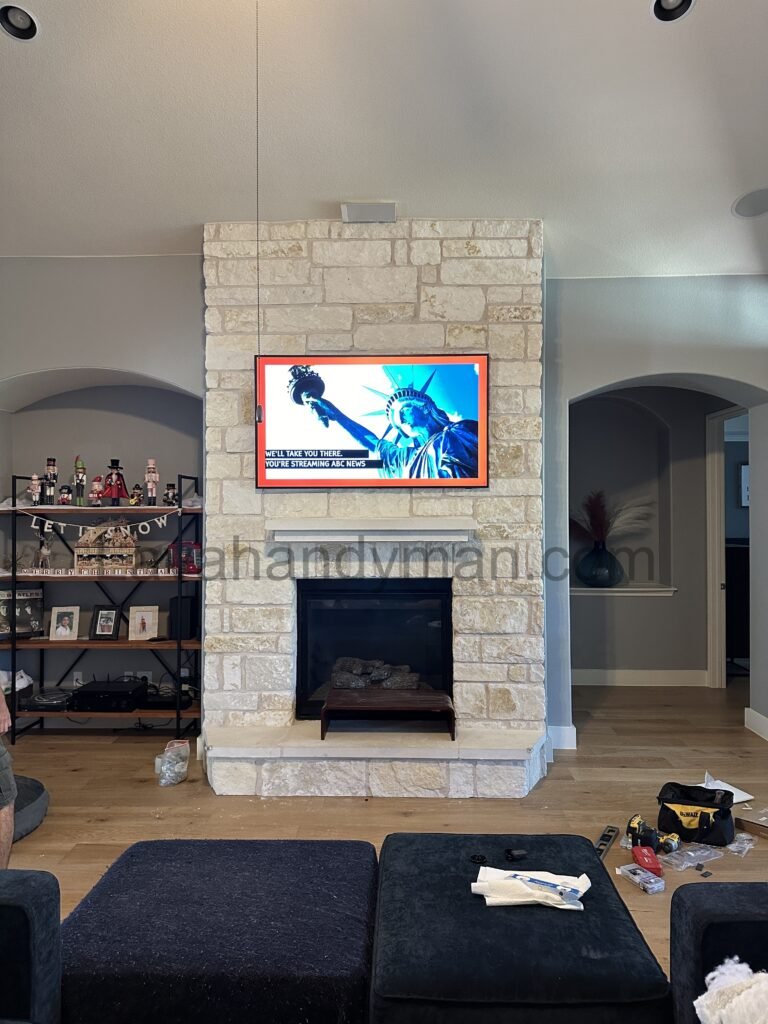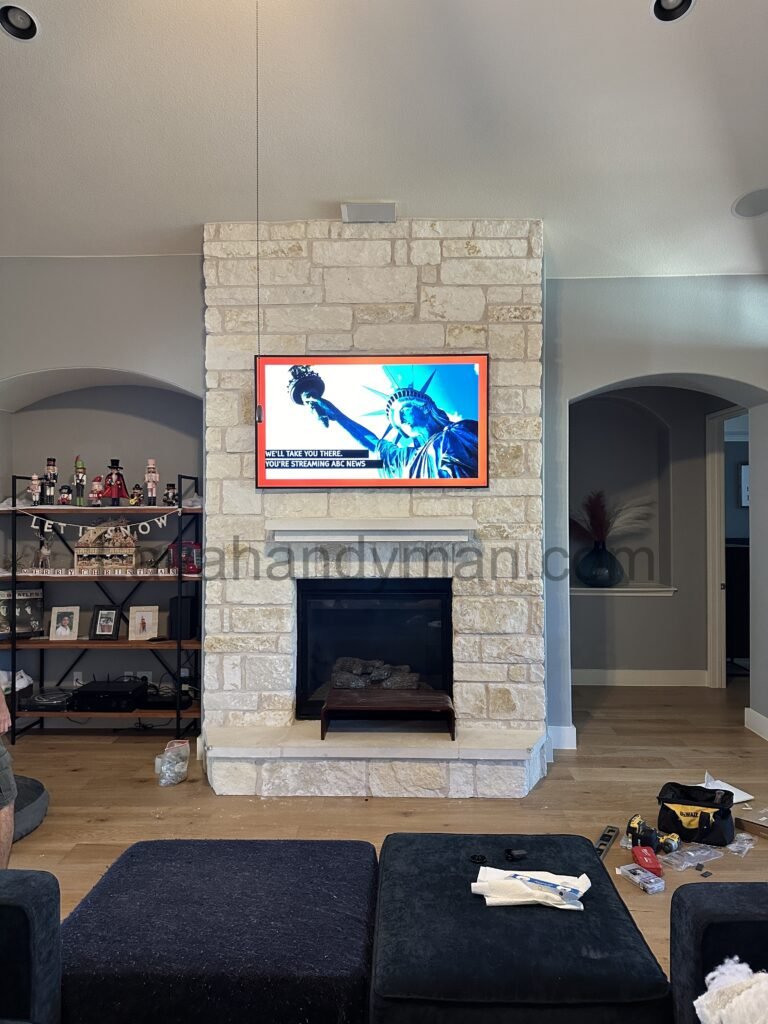“A Complete Guide to Display Resolutions”
Display resolution refers to the number of pixels present in each dimension of the screen. The more pixels, the higher the image quality. In this article, we will explore the differences between various resolutions (HD, Full HD, 4K, 8K) and their impact on image quality. If you’re looking for a high-resolution TV or display, you can benefit from expert advice and services at Lavahandyman.com.
What Is Display Resolution?
Resolution refers to the number of pixels that make up a digital image on a screen. Pixels are tiny dots of light that, when combined, form the full image. For example:
- 1920×1080 means the image is 1920 pixels wide and 1080 pixels tall.
- The total pixel count is 2,073,600 pixels (about 2 megapixels).
More pixels = sharper images with more detail = better visual experience – as long as screen size and viewing distance are appropriate.
Common Display Resolutions Compared
✔️ HD (720p) – The Minimum Acceptable Quality
- Resolution: 1280×720 pixels
- Pros: Low resource usage, suitable for small screens and online video
- Cons: Low detail; not ideal for most 2025 uses
✔️ Full HD (1080p) – The Standard

- Resolution: 1920×1080 pixels
- Pros: Good image quality, affordable, widely supported
- Best for: Movies, general use, light gaming, browsing
✔️ QHD or 2K (1440p) – A Great Middle Ground
- Resolution: 2560×1440 pixels
- Pros: Much sharper than FHD
- Best for: Gamers, graphic designers, advanced users
- Requires a mid- to high-end graphics card
✔️ 4K or Ultra HD – The Modern Standard
- Resolution: 3840×2160 pixels (over 8 million pixels!)
- Pros: Stunning clarity, perfect for large screens and content creators
- Cons: High resource demand, requires powerful hardware and native 4K content
✔️ 8K – Beyond Today’s Needs
- Resolution: 7680×4320 pixels (over 33 million pixels!)
- Best for: Exhibitions, medical use, very large displays (75″+)
- Note: Limited 8K content, high price point
What Is Aspect Ratio?
Aspect ratio defines the width-to-height ratio of a display:
| Aspect Ratio | Description | Use Cases |
|---|---|---|
| 4:3 | Traditional, squarer | Old TV shows, archived content |
| 16:9 | Modern standard | Most monitors, TVs, YouTube |
| 21:9 (UltraWide) | Wider than usual | Video editing, gaming, multitasking |
| 32:9 | Super UltraWide | Replaces dual monitors, professional use |
What Is PPI (Pixel Density) and Why It Matters
PPI (Pixels Per Inch) tells us how densely packed the pixels are on a display:
- Smartphones: 300–500 PPI
- Regular monitors: 90–120 PPI
- Higher PPI = sharper image, especially noticeable at close viewing distances
Key Factors in Choosing the Right Resolution
1. Display Size
The bigger the screen, the higher the resolution needed to maintain image clarity. For example:
- 24-inch monitor: Full HD is fine
- 32-inch monitor: QHD is better
- 55-inch+ TV: 4K is strongly recommended
2. Viewing Distance
The closer you sit to a display (e.g., using a monitor), the more you benefit from higher resolution. For TVs viewed from several meters away, the difference between Full HD and 4K may be less noticeable.
3. Your Usage
| Activity | Recommended Resolution |
|---|---|
| Watching movies | Full HD or higher |
| Competitive gaming | QHD or 4K (plus high refresh rate) |
| Video editing / design | At least QHD, preferably 4K |
| Office work / general use | Full HD is enough |
4. Your Hardware
Higher resolutions (like 4K) demand more from your GPU, CPU, and even your cables (HDMI 2.0, DisplayPort). Ensure your system can handle it smoothly.

Related Technologies
Refresh Rate: A high resolution doesn’t always mean better performance. Gamers should also look for high refresh rates (e.g., 120Hz, 144Hz).
Upscaling: 4K TVs can artificially boost Full HD content to look better. It’s not as sharp as native 4K but still decent.
HDR (High Dynamic Range): Not resolution-related, but when paired with high resolutions (like 4K HDR), it offers a spectacular visual experience.
1. HD Resolution (720p)
- Pixel Count: 1280 × 720 pixels (approximately 921,600 pixels)
- Image Quality: 720p HD resolution is typically suitable for smaller TVs and displays. It provides moderate image quality and is suitable for watching TV programs and low-resolution movies.
- Use Case: Budget-friendly TVs, older video content, and low-quality streaming.
2. Full HD Resolution (1080p)
“A Complete Guide to Display Resolutions”
- Pixel Count: 1920 × 1080 pixels (approximately 2.1 million pixels)
- Image Quality: Full HD offers significantly better quality than HD. It provides clearer, more detailed images and is suitable for most home and business applications.
- Use Case: Mid-range TVs, computer monitors, movie streaming, and gaming on current consoles. You can also explore Full HD content on Lavahandyman.com.
3. 4K Resolution (Ultra HD)
- Pixel Count: 3840 × 2160 pixels (approximately 8.3 million pixels)
- Image Quality: 4K resolution offers much higher quality than Full HD. 4K images are incredibly sharp and detailed, making it ideal for larger TVs and professional displays.
- Use Case: 4K TVs, professional monitors, 4K videos, and gaming on the latest consoles. You can find 4K products on Lavahandyman.com.
4. 8K Resolution
“A Complete Guide to Display Resolutions”
- Pixel Count: 7680 × 4320 pixels (approximately 33.2 million pixels)
- Image Quality: 8K resolution has four times the pixel count of 4K, resulting in incredibly detailed and high-quality images. This resolution is designed for very large TVs and professional settings.
- Use Case: 8K TVs, professional displays, 8K-specific films, and content requiring extreme detail.
Quick Resolution Comparison
| Resolution | Pixel Count | Use Case | Image Quality |
|---|---|---|---|
| HD (720p) | 1280 × 720 | Budget TVs, legacy content | Moderate |
| Full HD (1080p) | 1920 × 1080 | Mid-range TVs, computer monitors | Good |
| 4K (UHD) | 3840 × 2160 | Large TVs, professional monitors | Excellent |
| 8K | 7680 × 4320 | Professional settings, 8K content | Outstanding |
Additional Notes:
- Impact of Screen Size: On smaller TVs or displays, the difference between Full HD and 4K might not be very noticeable. However, on larger screens (65 inches and above), the difference in image quality becomes very clear.
- Content: To fully experience 4K and 8K resolution, you need content that supports those resolutions. Without the appropriate content, the quality difference may not be as noticeable.
- Hardware Requirements: Playing or viewing content in 4K or 8K requires more powerful devices and processors, so make sure your hardware supports it.
If you’re looking to buy a high-resolution TV or display, feel free to visit Lavahandyman.com for more information and professional advice.
At LavaHandyman.com, we don’t just help you understand TV tech — we also offer expert TV installation services, making sure your home entertainment setup looks and performs at its best.
📞 Need Help?
Let us take care of the hard work while you sit back and relax.
📍 Serving: Austin, Round Rock, Cedar Park & more
📱 Call or Text: (737) 420-6992
🌐 Visit: https://lavahandyman.com


